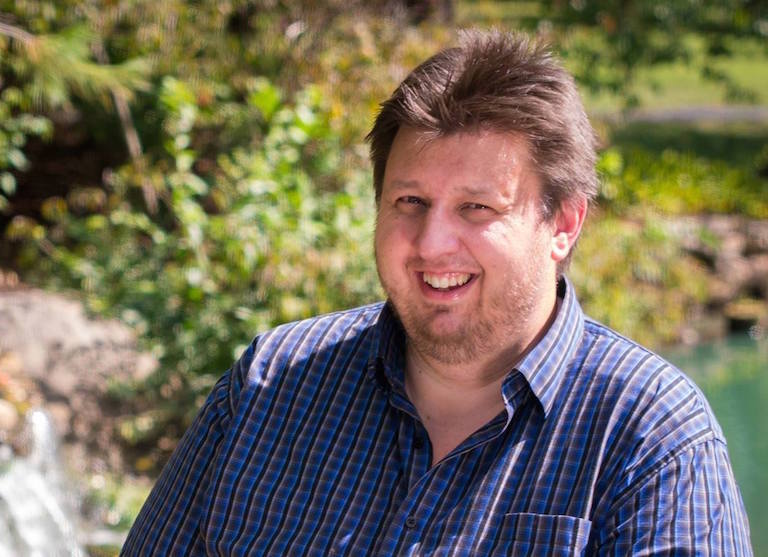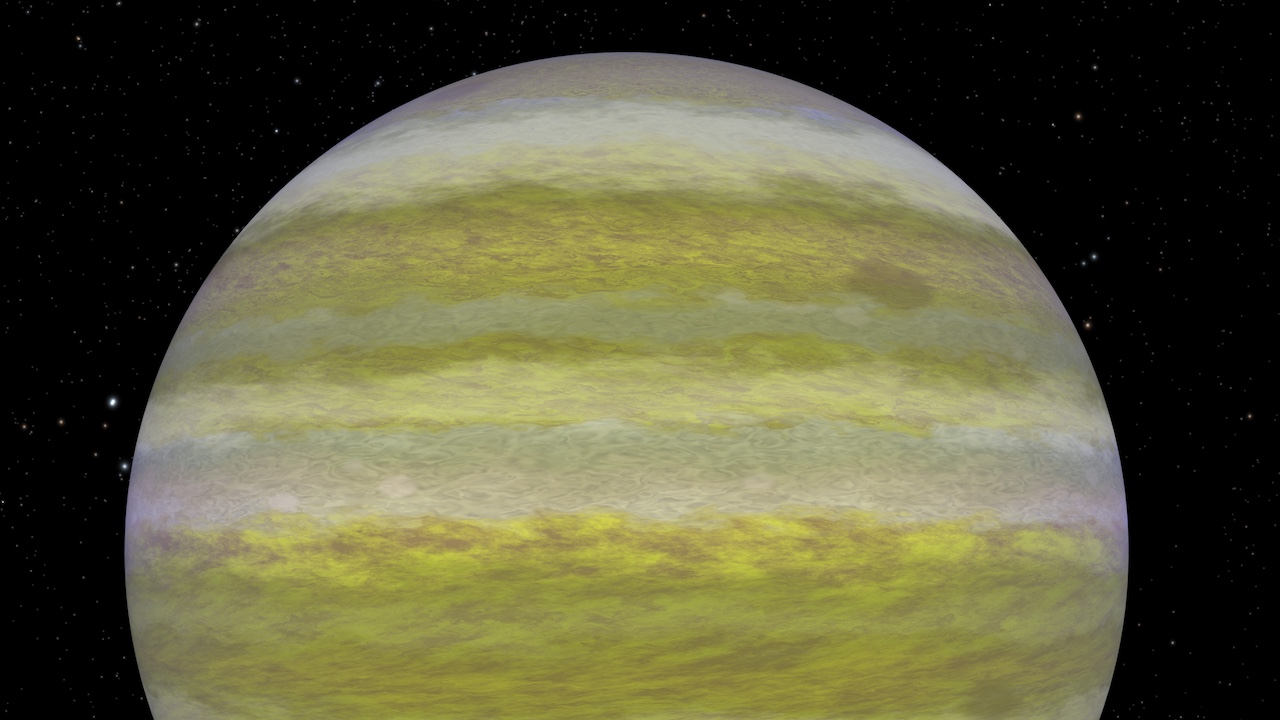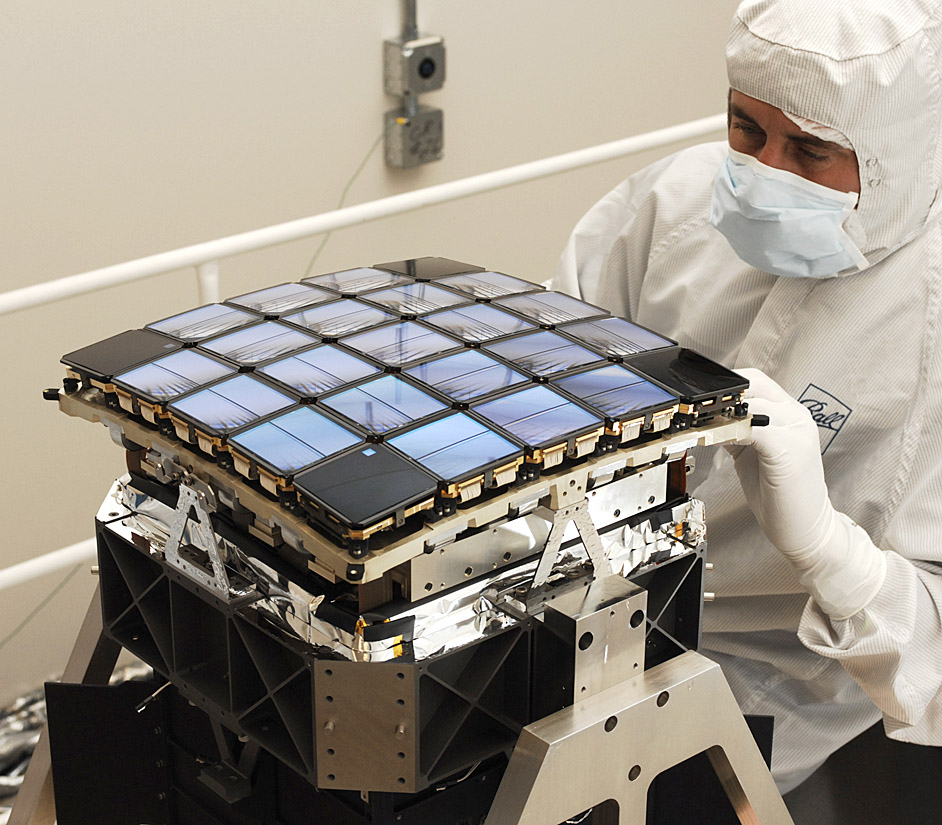4 min read

By Pat Brennan,
NASA's Exoplanet Exploration Program
Orbiting planets tug at their stars, pulling them in different directions. Astronomer Peter Plavchan, who studies such stellar wobbles, might be said to have a similar directional influence on the astronomical community. Plavchan says he likes to pull researchers along untried paths – even when it strains against the prevailing current.
Plavchan, who recently joined the faculty at Virginia’s George Mason University as an assistant professor, is a leading expert on detecting exoplanets – planets around other stars – using “radial velocity.” Sometimes called the RV or wobble method, it’s a way of tracking the path of a star through the sky to look for tiny variations in its speed. Light from the star is stretched if it is moving away, compressed if it is moving toward us; an orbiting planet can cause it to do both as it moves from one side of the star to the other.
The size of these wobbles can tell us the mass of an exoplanet, as well as the length of its year: how long it takes to complete one orbit. It’s one of the ways that Earth-based telescopes – and perhaps soon, telescopes in space – could help discover a life-bearing world somewhere in our galaxy.
First, I tell them I am a professor. Then, if they ask, I tell them I teach astronomy. People are usually very excited about that. If they persist, I tell them I look for planets around other stars. I try to ease them into what I do. I’ve done a number of public talks now. People love hearing about exoplanets. They think the stories they see on the news are just amazing. They always want to know more. If they make it past the professional astronomer question, I know I’ve caught their attention.
My main area of research is radial velocity detection of exoplanets. I conducted research on debris around M-dwarfs [red dwarf stars] in the early 2000s, when some of the first exoplanets were being discovered; exoplanets were a secondary interest.
The astronomical community superseded me in many respects, though in the early 2000s I was also looking for planets around M-dwarfs. I pivoted somewhat toward younger stars after I got my Ph.D. After that, I turned full force to exoplanets, using the RV method in near infrared wavelengths.
My science philosophies include avoiding competition with the large groups focused on the big science questions, such as searching for Earth analogs, researching data from the Kepler space telescope mission, or estimating eta Earth [the number or frequency of exoplanets in Earth’s size range]. As part of my science philosophy, I look for novel projects that haven’t been explored. I was one of the early researchers to study M-dwarf exoplanets. It’s a much more popular topic today.
I’m now the PI [principal investigator] of a NASA probe mission study, an “Earth finder,” studying the scientific feasibility of a mission that relies on a technique traditionally used on the ground: the RV method, or the Doppler method. Placing RV instruments in space allows us to avoid some of the challenges that this technique currently encounters on the ground.
As a professor, I work with a lot of undergraduates. I tell them, “I’d love to have you in my research group.” Then I tell them, “Learn how to program.”
People who know how to make computers do their bidding don’t have to rely on others to write their programs for them. You can be a tool user or a tool creator. It’s good to have the ability to create tools, especially when the tools you want don’t exist.
There is a great deal of mathematics in exoplanet science, certainly a lot of astrophysics. But it’s one of the more approachable subjects for students interested in research, including undergraduates.
I also tell students, especially in my undergraduate classes, that the transition from science fiction to science fact happened in their lifetime. The average college student is 18 to 22 years old. The field of exoplanet science is barely 20 years old. I tell them they’re alive during a time when a 2,000-year-old question has finally been answered.







